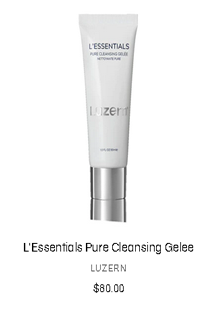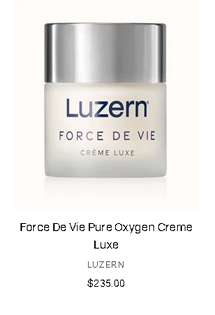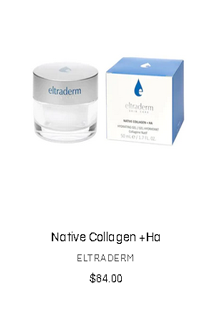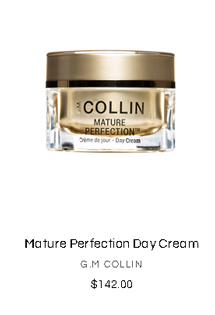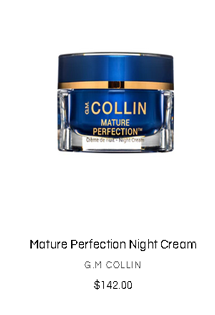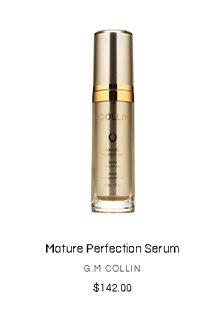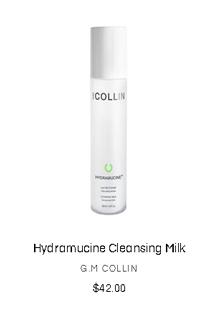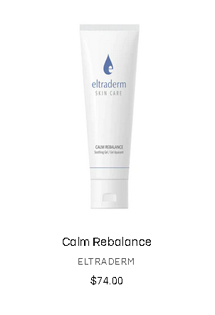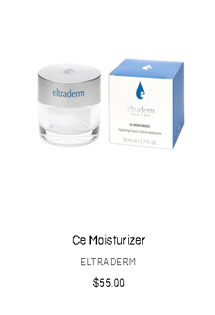Thermal Protection For Hair
Heat protectant works to coat your hair in order to shield it from damage, making this step especially essential if you have colored locks as it protects dyed hues from fading over time.
Certain ingredients like PVP/DMAPA acrylates copolymer, quaternium 70 and hydrolyzed wheat protein have been proven to significantly decrease heat damage by covering hair fibres with thin films that slow the rate of heating up of your locks. Other helpful substances include silicone quaterniums and dimethicone.
How it works
Applying too much heat to your hair can destroy its protective cuticle and cause long-term damage, manifesting in dryness, split ends, frizz and dull strands. Utilizing thermal protection and being mindful about how you use hot tools will help mitigate these issues.
Heat protectants work by coating hair in a protective silicone layer (preferably one made up of dimethicone, cyclomethicone or stearoxy dimethicone) that can withstand high temperatures without leaving it dry and damaged. They may also contain additional ingredients which provide moisture for healthy locks.
PVP/DMAPA Acrylates Copolymer, Quatrium 70 and Hydrolyzed Wheat Protein are three ingredients proven to reduce the effects of heat damage on hair when included in products like heat protectant sprays by slowing the rate at which individual strands heat up internally, as well as sealing over each one to retain moisture and protect from drying out or cracking of its cuticle layer.
Ingredients
Heat protectants create a barrier between hair and styling tools, locking in moisture and minimizing frizz. They often include humectants like glycerin or panthenol that draw in moisture from the environment to halt dryness that leads to brittleness or breakage of your locks.
Dimethicone and cyclomethicone, two silicones used by most store-bought products, coat the hair shaft to act as a shield, according to Gutterman. But natural plant oils with similar properties may provide even stronger thermal protection – including grapeseed oil and coconut oil – giving customers more choices than ever.
These oils boast high smoke points to withstand the heat and act as protective barriers while adding shine, sheen and moisture to hair. When selecting natural products, make sure they contain these ingredients, perform a patch test first, read the label thoroughly and avoid products containing sulfates as these can dry and damage the scalp when combined with heat; similarly alcohol products are drying and may leave behind residue that needs to be cleared off with clarifying shampoo.
Benefits
Be it curling your tresses, diffusing your locks or flat ironing them to stick straight perfection, too much heat can damage the hair strands if exposed for too long. Therefore it’s advisable to protect them with thermal protection spray or cream before subjecting them to high-heat styling techniques.
Heat protectants not only offer your locks protection from harmful temperatures, but they can also help preserve its natural luster by limiting water evaporation from your scalp – which causes frizz and dull finishes – by keeping moisture locked into your strands and helping reduce frizzing or frizziness from developing.
Most store-bought heat protectants contain silicones such as VP/DMAPA acrylates copolymer and dimethicone that moisturise hair while creating a protective barrier, but for those with dry or damaged tresses who prefer organic formulas without these ingredients like coconut, sunflower and jojoba oils with higher smoke points that provide more efficient heat protection, Gutterman recommends.
How to use
Heat protectant sprays create a shield around each hair strand to reduce damage caused by heat styling techniques and protect its health and integrity while giving you freedom to experiment. They help preserve both integrity of hair while giving you flexibility when trying new heat styling techniques.
Heat protection for hair should be an essential part of anyone who uses heat-styling tools regularly to achieve the look they want. It helps safeguard locks from heat damage, protecting against dryness, dullness, split ends and frizz as well as improving elasticity to give it more natural-looking shine.
Before using hot tools on your hair, apply heat protectant. Shake the bottle thoroughly prior to spraying evenly from roots to ends – then proceed to style your locks using any heat-styling tool you choose! Repeat this step every time for optimal protection.

